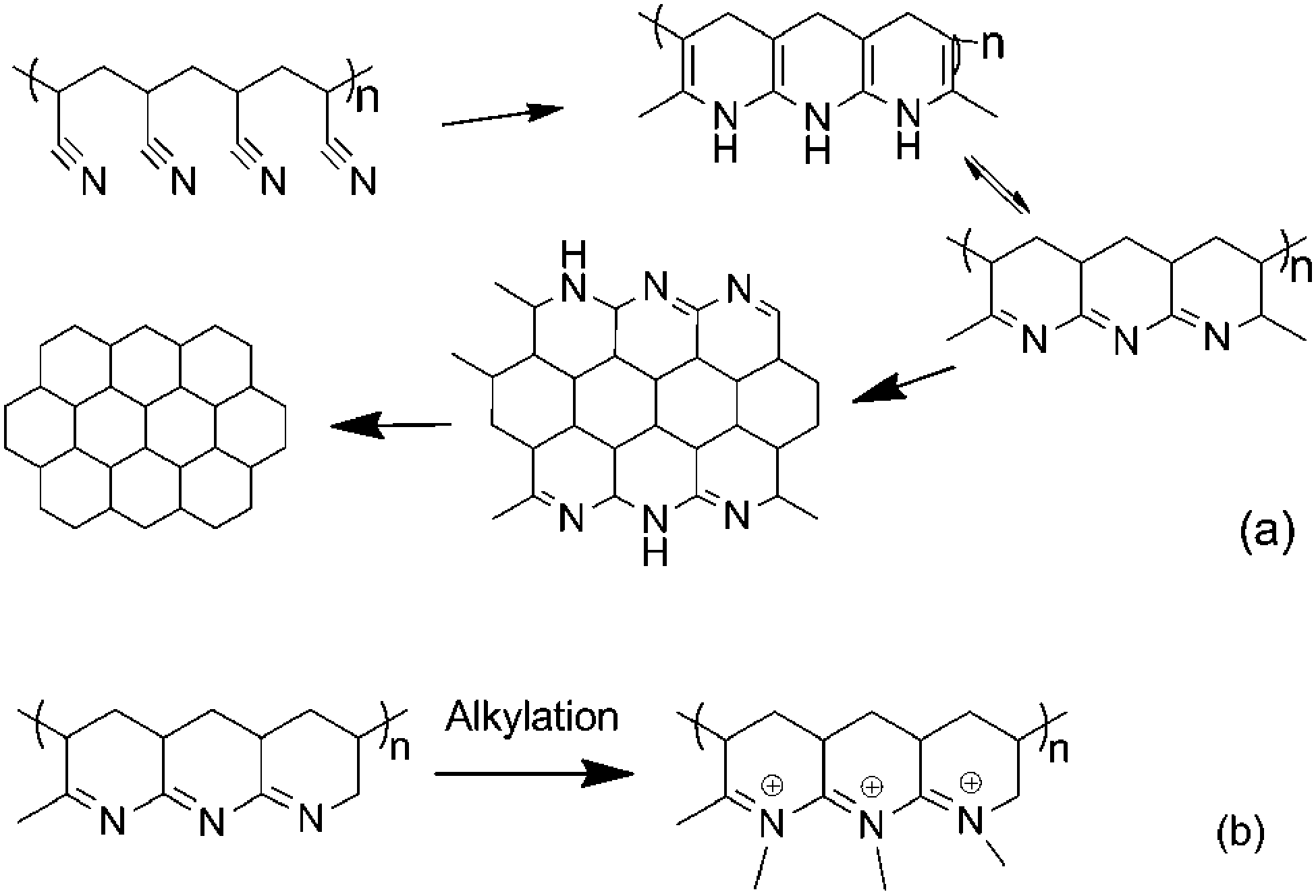
Synthesis of porous carbon fibers with strong anion exchange functional groups - Chemical Communications (RSC Publishing) DOI:10.1039/C5CC02695D

A versatile catalyst-free redox system mediated by carbon dioxide radical and dimsyl anions - ScienceDirect
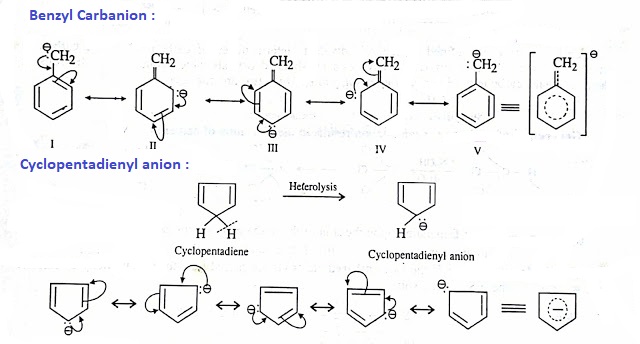
Welcome to Chem Zipper.com......: Although both in benzylic carbanion and cyclopentadienyl anion 6 electrons are spread, but benzylic carbanion is more stable. Why?

The bimolecular decay of carbon dioxide radical anion. [Reproduced from... | Download Scientific Diagram

Photocatalytic Carbinol Cation/Anion Umpolung: Direct Addition of Aromatic Aldehydes and Ketones to Carbon Dioxide | Organic Letters

Aluminium‐Mediated Carbon Dioxide Reduction by an Isolated Monoalumoxane Anion - Anker - 2019 - Angewandte Chemie International Edition - Wiley Online Library
![18: [PF 6 ] anion with its analogous, fluoroalkyl groups of varying... | Download Scientific Diagram 18: [PF 6 ] anion with its analogous, fluoroalkyl groups of varying... | Download Scientific Diagram](https://www.researchgate.net/publication/303785003/figure/fig33/AS:368965084827649@1464979539093/18-PF-6-anion-with-its-analogous-fluoroalkyl-groups-of-varying-carbon-chain-length.png)
18: [PF 6 ] anion with its analogous, fluoroalkyl groups of varying... | Download Scientific Diagram
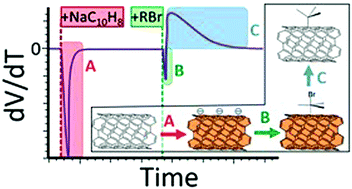
Real-time mechanistic study of carbon nanotube anion functionalisation through open circuit voltammetry - Chemical Science (RSC Publishing)
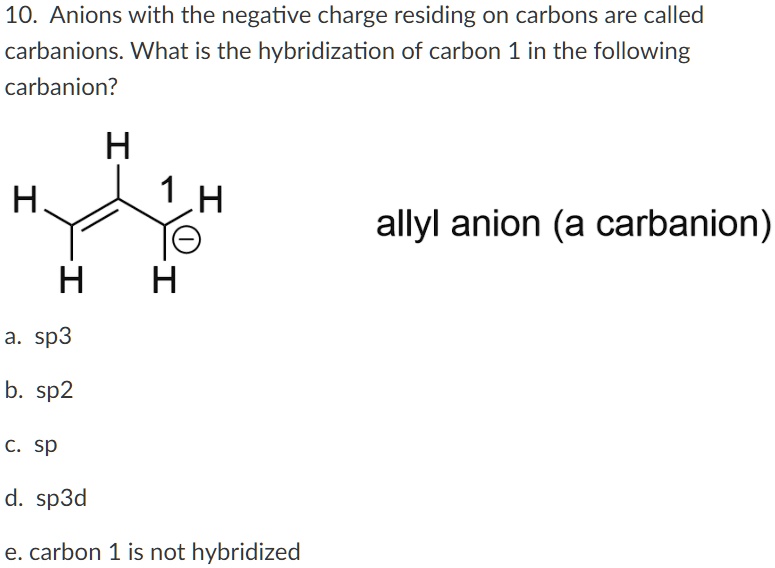

/chapter3/pages29and30/page29and30_files/carbonanion.png)





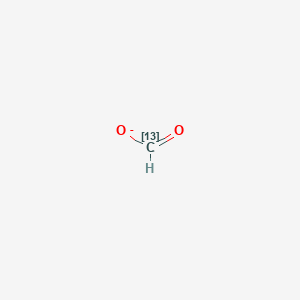
/chapter3/pages31and32/page31and32_files/baseforman.png)





